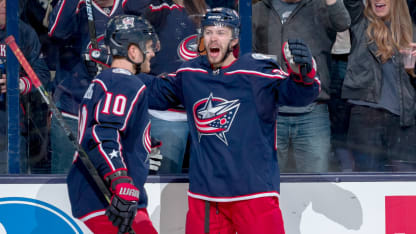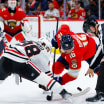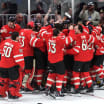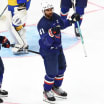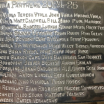The Columbus Blue Jackets quietly have been one of the most disciplined teams in the NHL this season, taking 2.57 minor penalties per 60 minutes, which ranked second in the League, before averaging 2.00 minor penalties per 60 minutes in their win against Tampa Bay in the Eastern Conference First Round.
It's imperative the Blue Jackets remain disciplined against the Boston Bruins because the Bruins power play has been lethal. Boston had a 25.9 percent efficiency rating during the regular season, which ranked third in the NHL, and was even better in the first round against the Toronto Maple Leafs (43.8 percent). The only team with a more efficient power play in the first round was the Blue Jackets (50.0 percent), a departure from the regular season, when Columbus scored on 15.4 percent of its power-play chances, ranking 28th.
